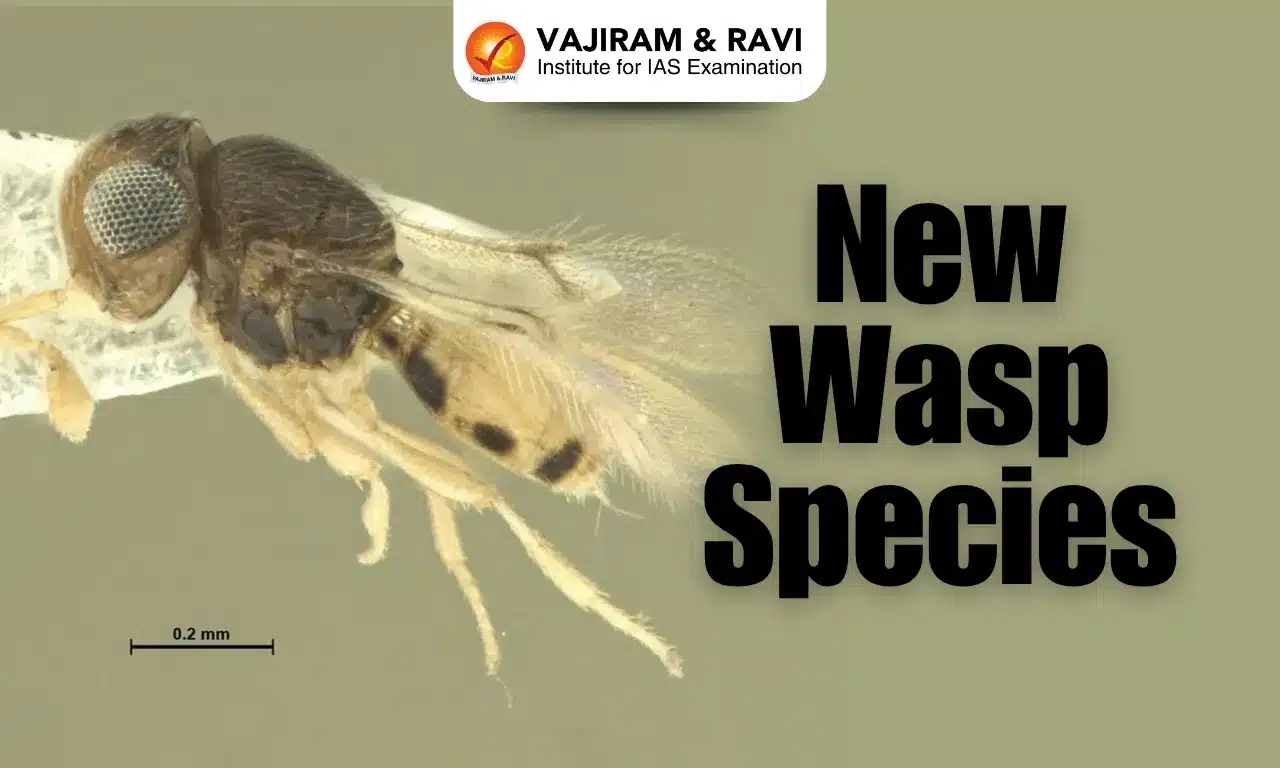UPSC Prelims Current Affairs
Vajiram & Ravi provides Daily UPSC Prelims Current Affairs, tailored for aspirants. We cover all relevant news and events crucial for the exam, ensuring you stay updated & well-prepared.
- Barents Sea
- World Food India
- Deep-Brain Stimulation
- Indian Computer Emergency Response Team (CERT-In)
- Raorchestes Jadoh and Raorchestes Jakoid
The UPSC Civil Services Examination (CSE) is one of the most competitive exams in India, and the UPSC Prelims Exam stage plays a crucial role in screening lakhs of candidates. One of the most crucial resources which is required to qualify the is strong grasp on UPSC Prelims Current Affairs which are curated by the experts in varied subjects such as national and international news, government schemes, economical development, science & technology updates and other relevant happenings. These topics hold importance as they have frequently appeared in the General Studies Paper I, making current affairs a scoring section. Vajiram & Ravi provide Prelims Pointers in concise manner each day in a well-structured and consistent manner for the preparation for the current affair section.
UPSC Prelims Current Affairs
UPSC Prelims Current Affairs by Vajiram & Ravi’s are designed with an integrated approach. Instead of just listing news items, Prelims Pointers explains the background, relevance, and impact of events in the context of the UPSC Syllabus. The well-structured content is updated regularly to include topics such as international relations, defense exercises, economic surveys, and environmental developments.
For aspirants looking for guided support, Vajiram & Ravi’s Prelims Test Series and SMART Current Affairs series are also highly recommended. These programs focus on important areas and recurring patterns observed in the previous year’s Prelims papers.
UPSC Prelims Current Affairs Importance
Current Affairs hold significant weightage in the UPSC Prelims Exam 2025. Every year, various questions in the General Studies Paper I are directly related to contemporary issues. UPSC doesn’t limit itself to just recent news but also depends on conceptual clarity behind it. Aspirants must link current events with underlying principles in polity, economy, geography, and history. This approach not only strengthens their Prelims performance but also builds a solid base for the Mains and Interview stages. Developing a daily reading habit, making concise notes, and revising regularly are essential practices to stay ahead.
UPSC Prelims Current Affairs by Vajiram & Ravi
Vajiram & Ravi, one of India’s leading UPSC coaching institutes, provides UPSC Prelims Current Affairs content prepared for UPSC Prelims. Their current affairs resources include daily news analysis and Prelims-focused news that help aspirants revise faster and smarter. These resources are based on reliable sources like The Hindu, Indian Express, PIB, Yojana, and government reports.
UPSC Prelims Current Affairs FAQs
Q1. How should I prepare current affairs for UPSC Prelims 2025?+
Q2. Which sources are best for UPSC Prelims current affairs preparation?+
Q3. How many questions from current affairs are expected in UPSC Prelims?+
Q4. Is daily newspaper reading enough for Prelims current affairs?+
Q5. Can I clear Prelims without preparing current affairs?+









